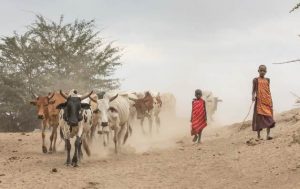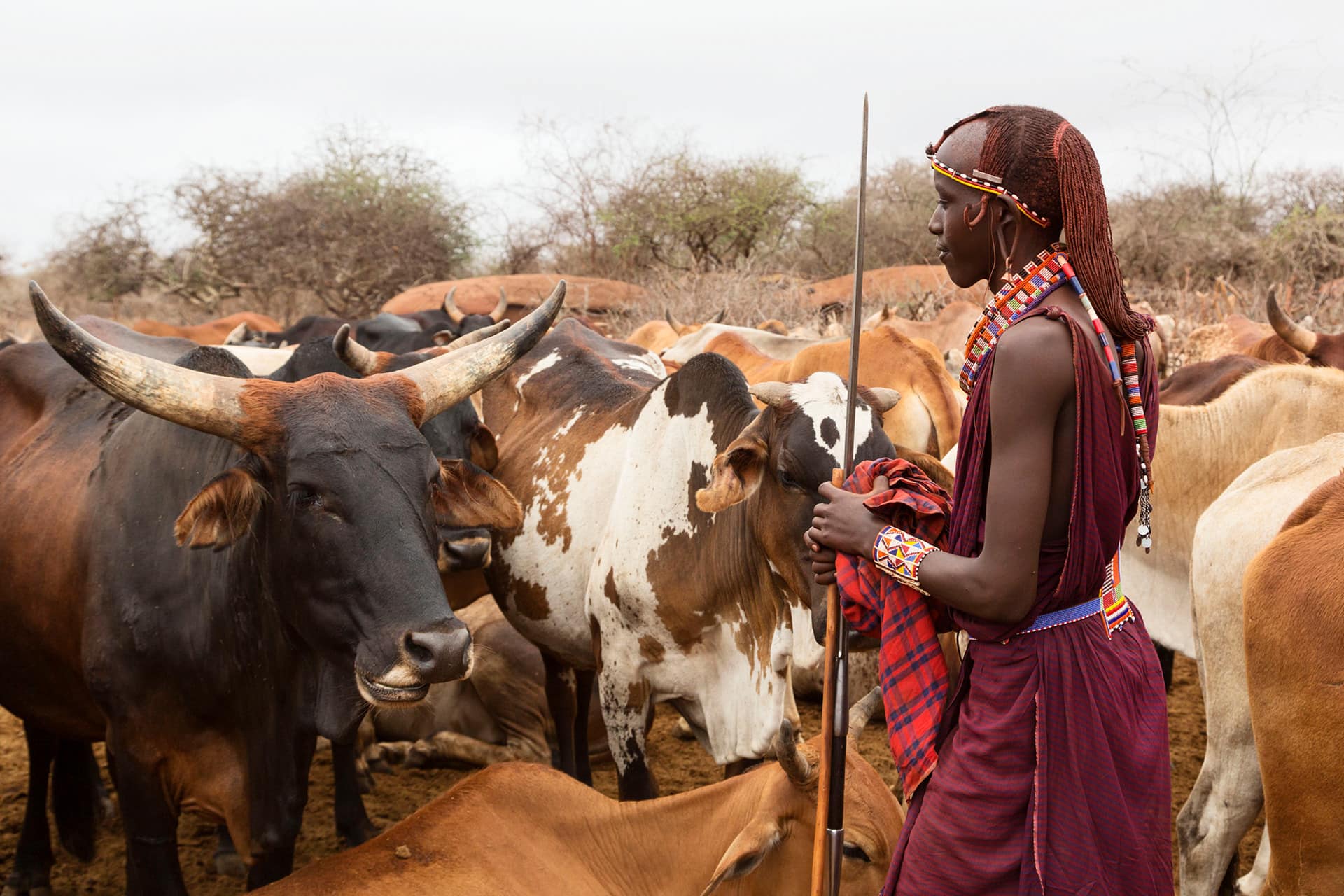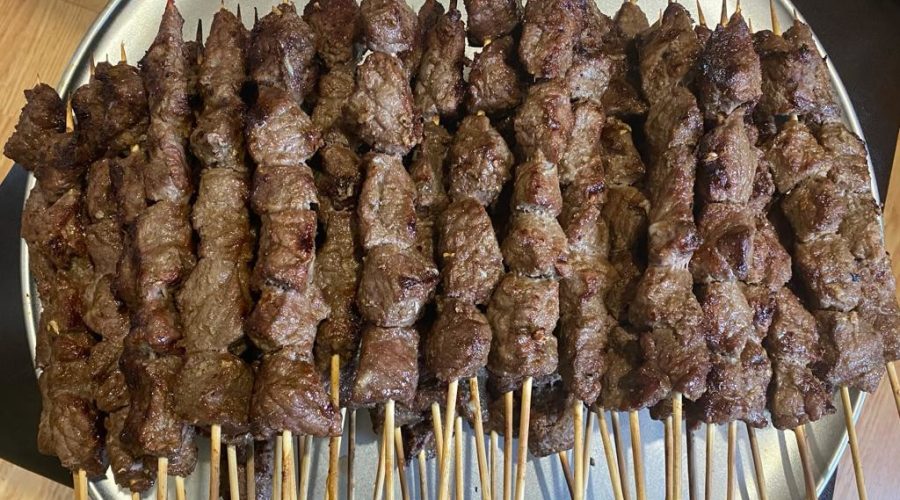Integrated Range Management (IRM) practices play a crucial role in improving the growth and dry matter yield of forage species in regions like Mvomero district, Morogoro, Tanzania, where sustainable livestock production is essential for food security and livelihoods. Scarcity of forage particularly during dry seasons is among the major factors which limit improved meat production from livestock in many pastoral communities in tropical countries. The scarcity is associated with low level of soil nutrients, irregularity in weather patterns and climate change. One way of making more feeds available for livestock in such times include the adoption of Integrated Range Management practices (IRM), rangelands management technique which involve a range of practices including application of manure, furrowing the land and oversowing among others.
Two scientist from the Department of Animal Science , Aquaculture and Range Sciences Mr. Gerald Mlowe and Dr. George Msalya, a registrar of Tanzania Dairy Board (TDB) and Part-time Senior Lecture at Sokoine University of Agriculture conducted a research study on Integrated Range Management (IRM) practices. The study was focused in one pastoral village namely Mela, in Mvomero District in Morogoro Region, Tanzania.
Field trials were conducted based on a Completely Randomized Block Design (CRBD) and aimed to assess the influence of oversowing of Cenchrus ciliaris on grazing lands, the effect of manure application on growth performance and dry matter yield of the specie, and the effect of furrowing on grazing land. Fifteen plots of equal sizes (16m2) were needed for this study and from which the dry matter (DM), number and height of tillers of the target specie were determined.
Comparison on the study factors among the plots were done based on the One -way analysis of variance (ANOVA), results obtained from the Statistical Package for Social Sciences (SPSS) version 25.0. In general, growth was significant (p≤0.05) among the different plots being fast in the plots which combined manure, oversowing and furrowing followed by those which had manure and oversowing, and least were those which oversowing and furrowing was the option. The major reason for high growth in the three factors plot was with no doubt shown to be high level of IRM with three or more factors (practices) for increased fodder productivity.

For more details: Click here
Mlowe, G. D., and Msalya, G. M. (2023). Use of Integrated Range Management Practices for Improving Growth and Dry Matter Yield of Forage Species in Mvomero district, Morogoro, Tanzania. Tanzania Journal of Agricultural Sciences, 22(1), 194-204.
The Department of Animal, Aquaculture, and Range Sciences
The College of Agriculture, Sokoine University of Agriculture
Share this page




